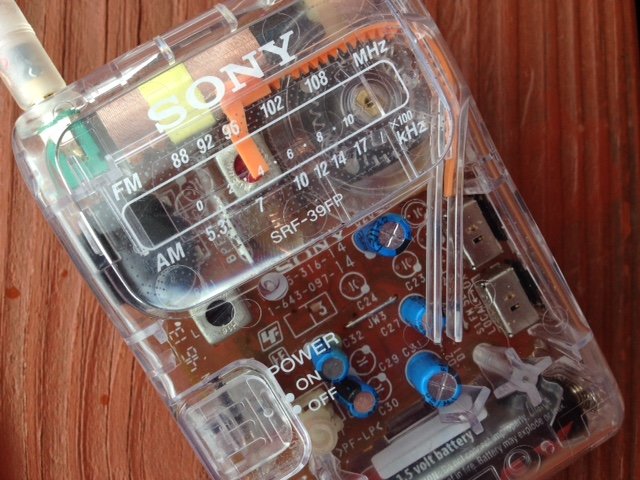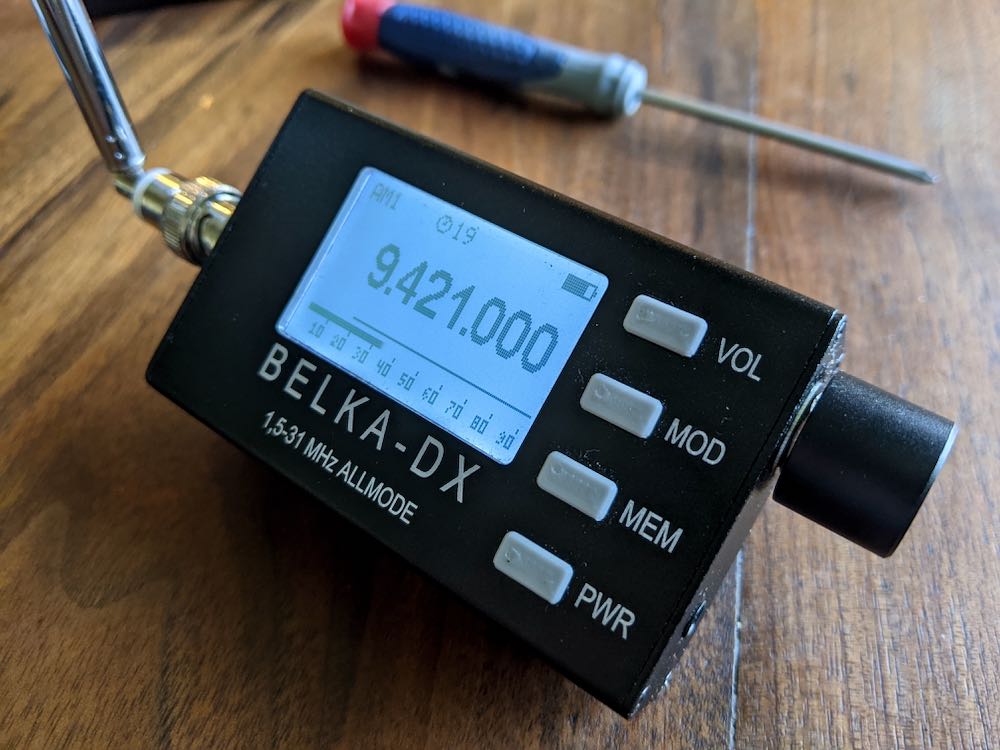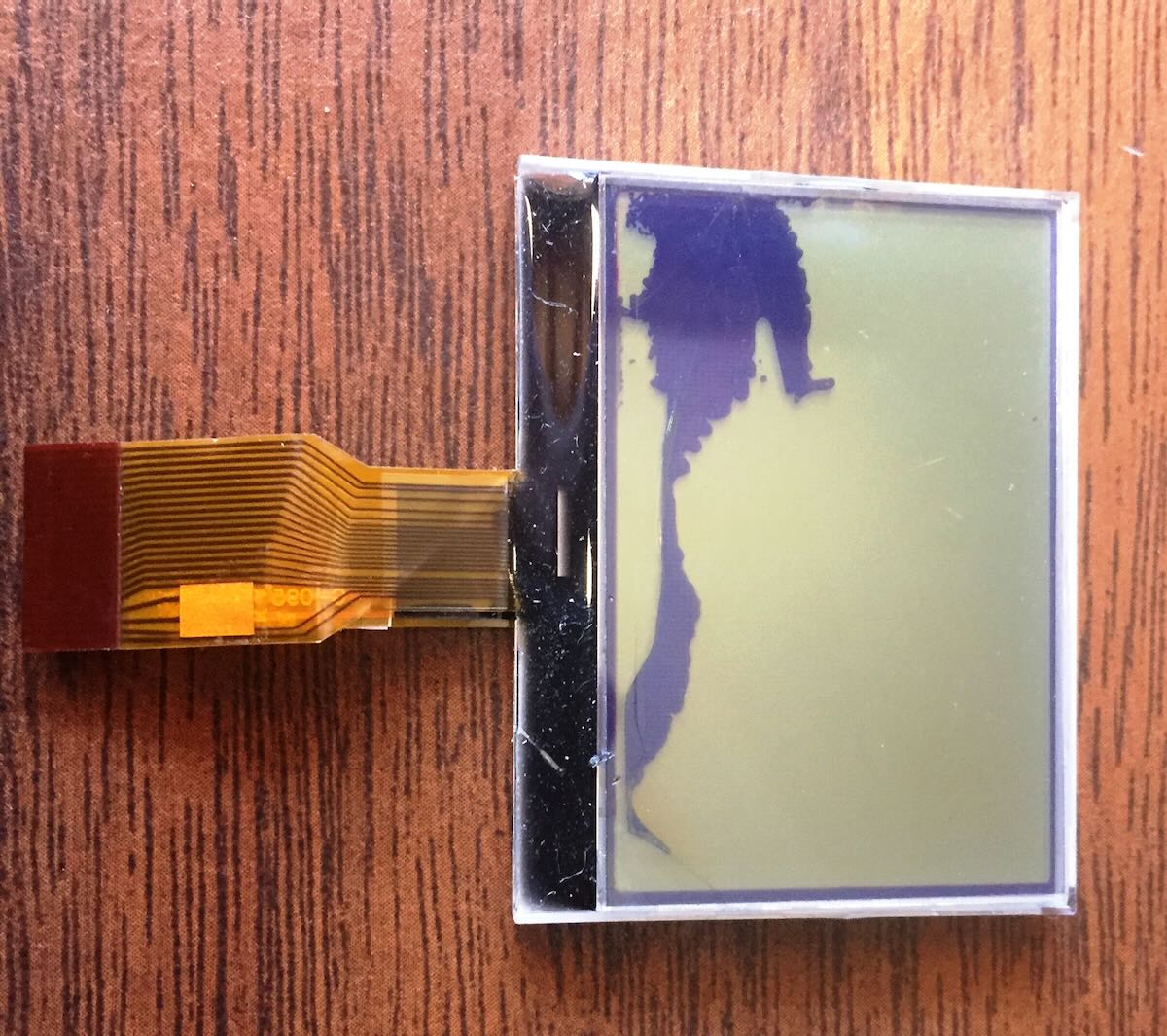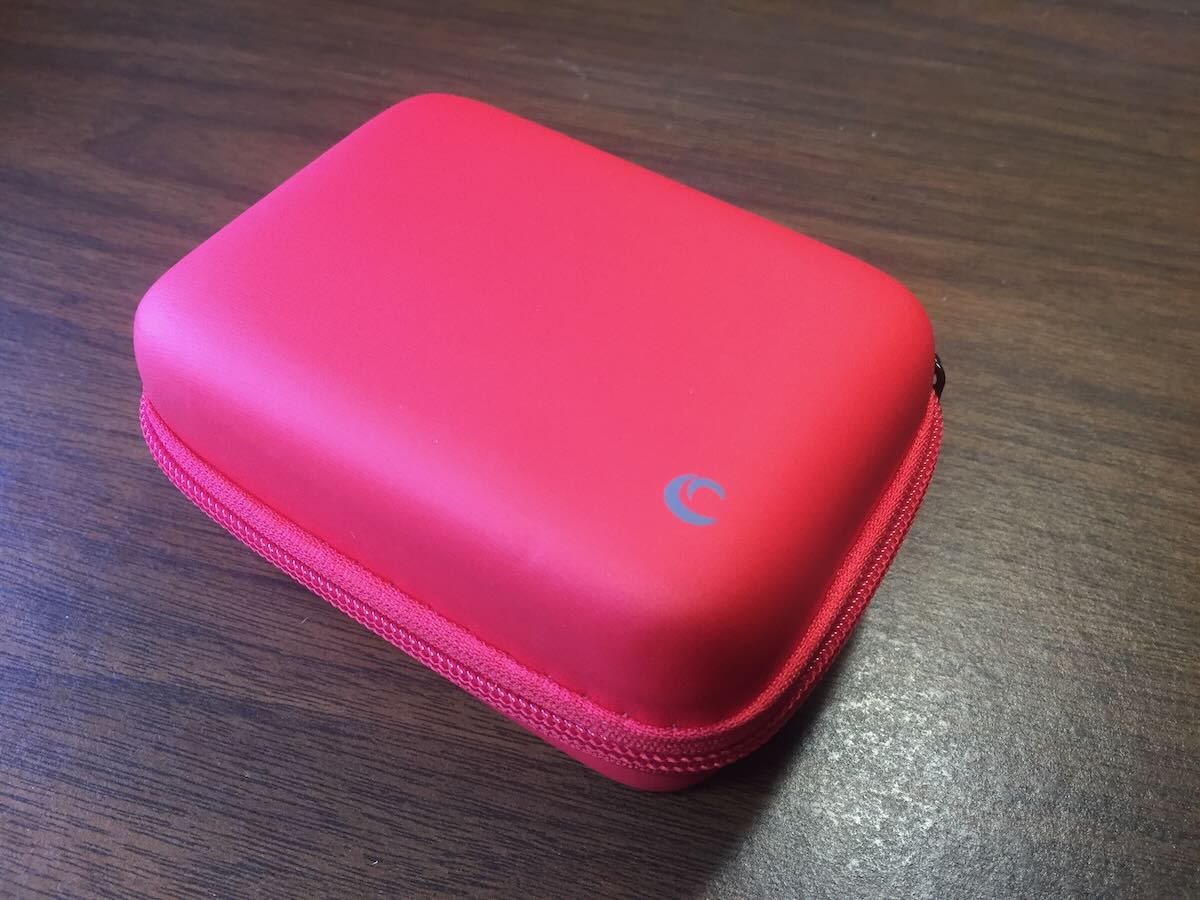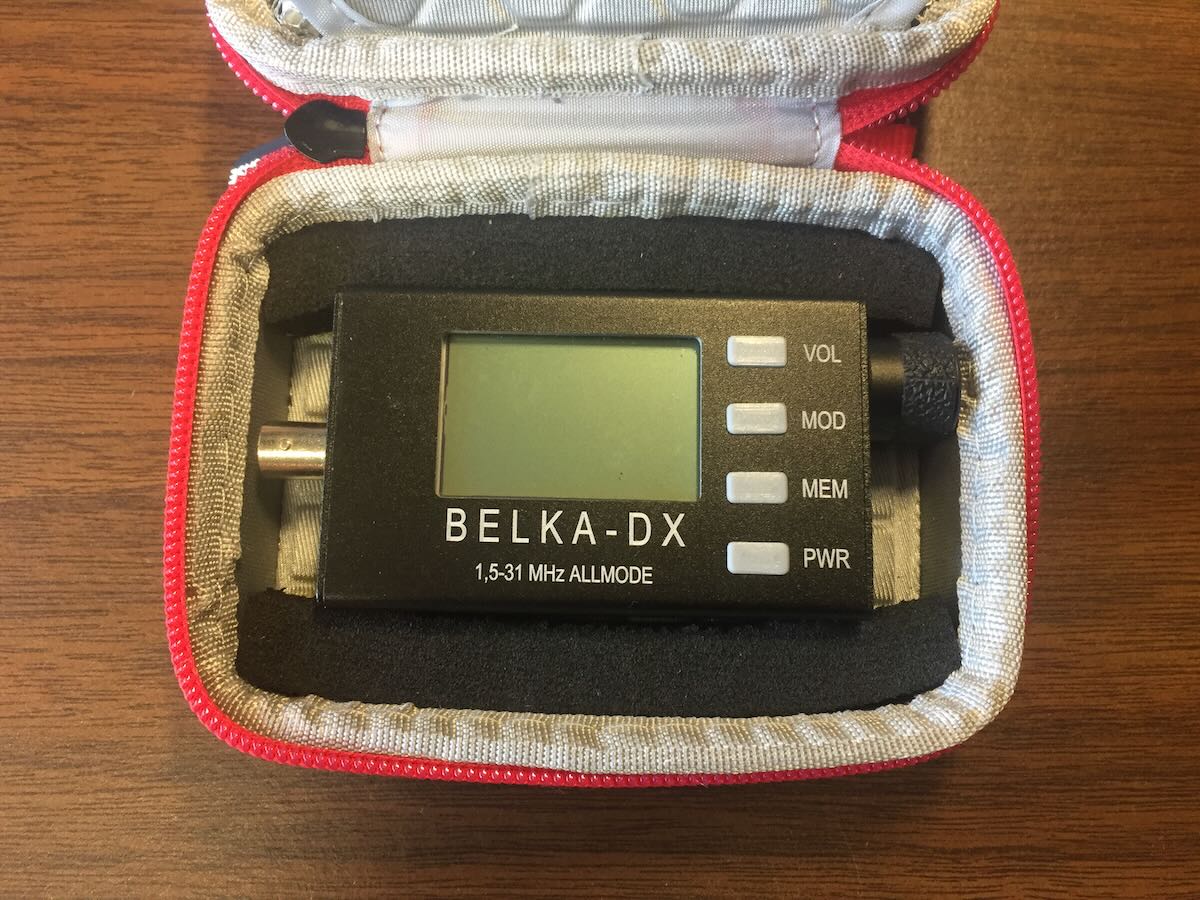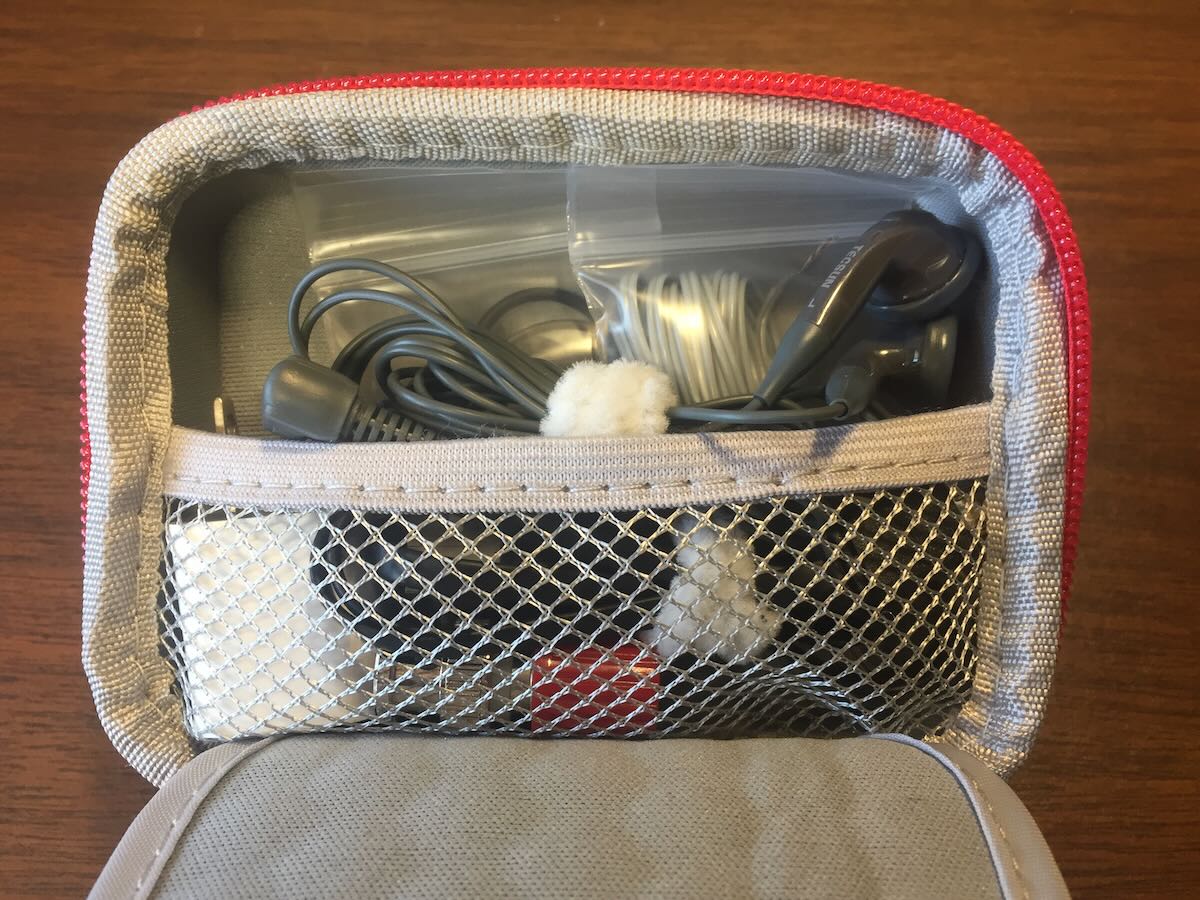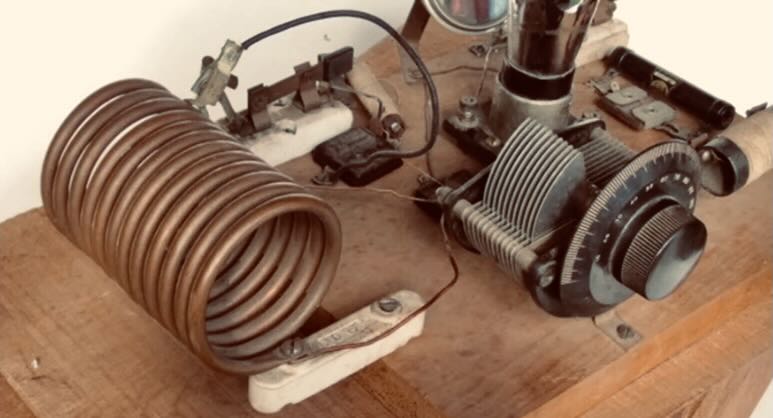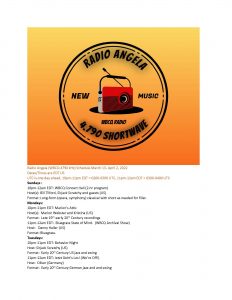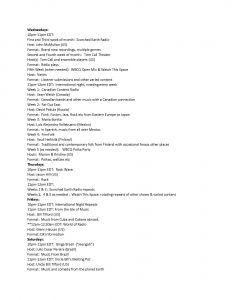Many thanks to SWLing Post contributor, Jock Elliott, who shares the following guest post:

The joys of listening to the ham bands
By Jock Elliott, KB2GOM
“It’s magic, but it’s real.” That statement was uttered recently by an amateur radio operator – a ham – from South Carolina. He was on the 20-meter band (around 14,187 USB), operating in upper sideband (USB), chatting with a British ham from the Isle of Wight off the coast of England, and another US ham located about 60 miles south of Chicago, Illinois.
The South Carolina ham was expressing his delight that a ham from the United Kingdom could deliver a loud signal at such a distance with a mere hundred watts of transmit power, and that they could talk as easily as two people chatting on the telephone. A little later in the conversation (a QSO in ham lingo), the South Carolina ham related how he run a special events ham station from a vintage B17 bomber while in flight! He said it was very noisy, even with headphones.
Listening to the ham bands is just plain fun. You never know what you might encounter. During the same monitoring session, I tuned up the spectrum to the 10 meter band (around 28,400 USB) and heard a ham loud and clear from Santiago, Chile. According to that ham, the climate there is apparently similar to California.
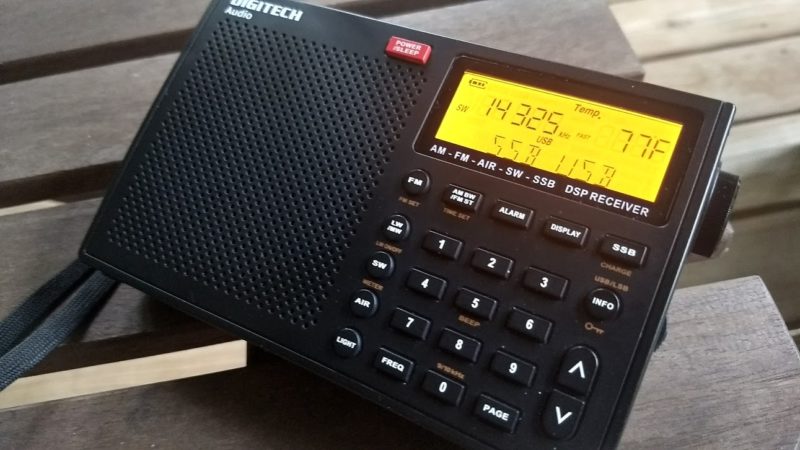
You don’t need a lot of fancy gear or a ham license to listen in on the fun. A shortwave receiver with single-sideband capability will do the trick. If your radio came with an auxiliary wire antenna, deploy it. It will help to boost faint signals. If your radio did not come with an auxiliary wire antenna, it is easy to make one. Get yourself 20 feet of insulated wire (any type will do, but thinner is easier to coil up when not in use), attach an alligator clip (available from most hardware stores) and clip it to the whip antenna on your shortwave portable.
A couple of cautions: do not go nuts with the length of wire. 20 feet is plenty. In addition, do not EVER deploy your antenna where it could fall on a power line or a power line could fall on it. And, finally, if you deploy your wire antenna outdoors, be sure to disconnect it and/or bring it in when foul weather threatens.
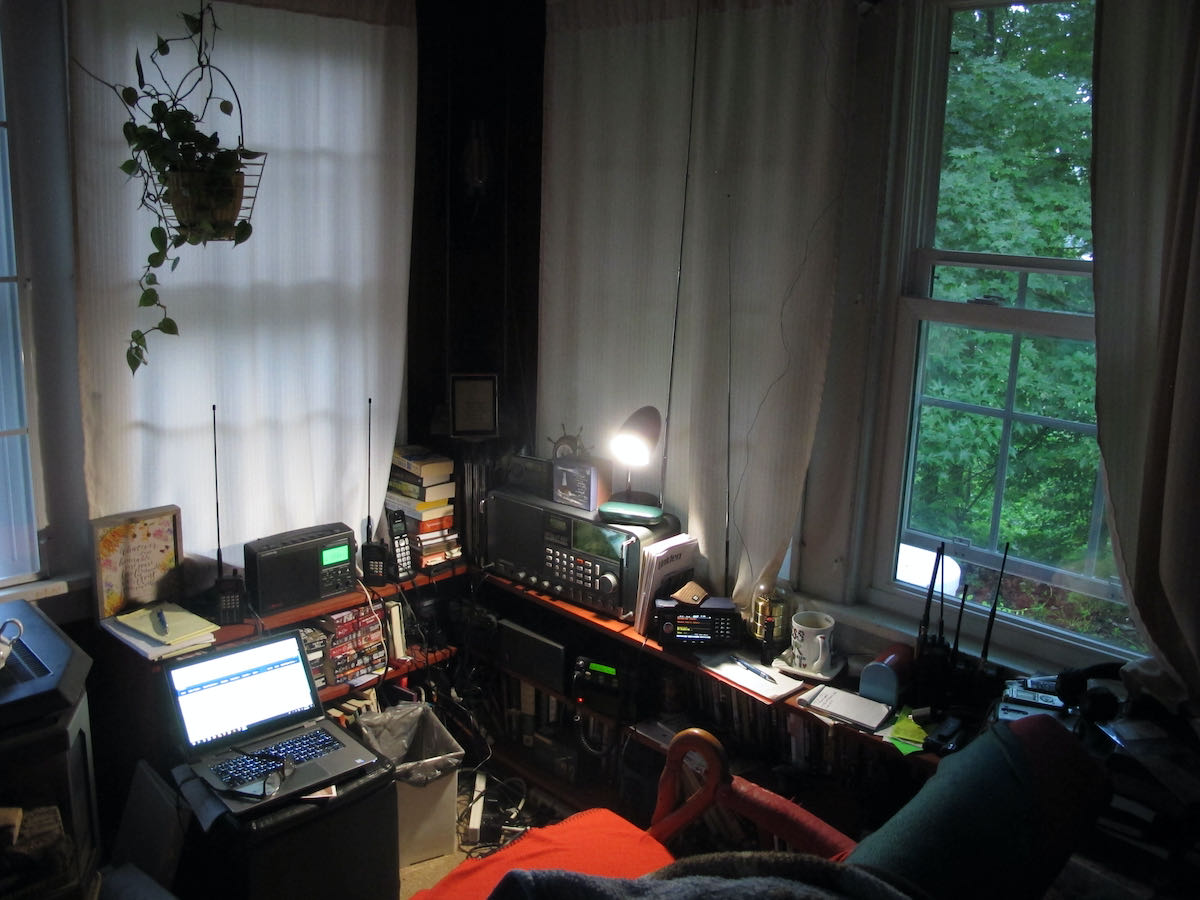
For the record, to intercept the ham communications above I listened with headphones on my Satellit 800 receiver, using my horizontal room loop antenna and the BHI Compact In-Line Noise Eliminating Module.
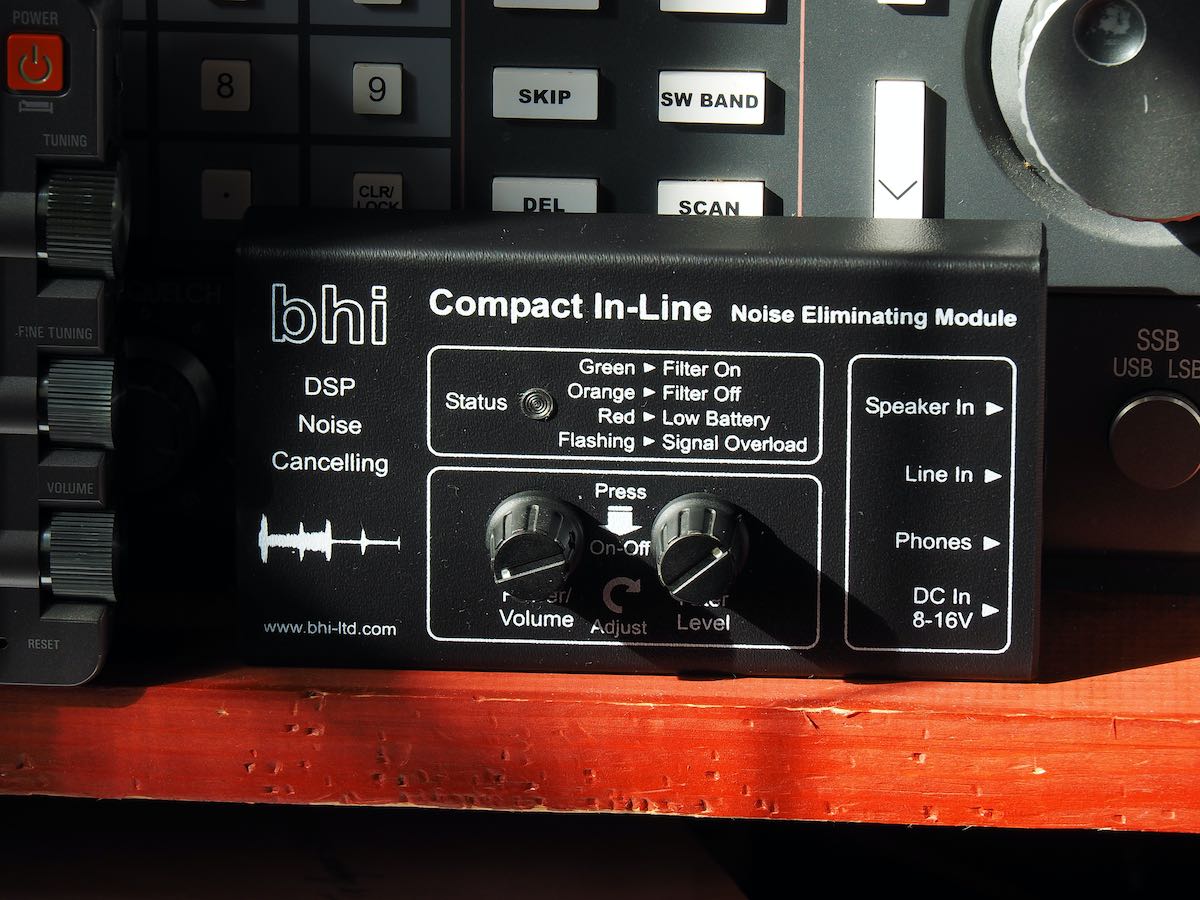
What can you hear? Lots of times, you will hear hams swapping signal reports and telling each other what kind of ham radio transceivers and antennas they are using. During contests, you’ll hear hams making contact after contact, as quickly as they can. But other times you will hear conversations of all types.
Three decades ago, when I was actively DXing as a ham, I once had a conversation with a UK ham who was a falconer. He had flown the birds for the movie Lady Hawke. No kidding. Another time, I worked a station in Christchurch, New Zealand, from Troy, New York, on just 100 watts. If you were a shortwave listener back then, there’s a chance you could have heard those contacts, and it’s a good bet that interesting contacts are taking place today on the ham bands, if you are willing to accept the challenge of tuning around to find them . . . so join the fun!
With the start of a new solar cycle conditions appear to be changing to favor long-range propagation. It seems like the perfect time to start monitoring the ham bands. You never know what you might find.
You can find a complete downloadable list of the US ham bands by clicking here.
Check out more of Jock Elliott’s guests posts by clicking here!
 Many thanks to SWLing Post contributor, Dennis Dura, who shares the following article from CBS Miami:
Many thanks to SWLing Post contributor, Dennis Dura, who shares the following article from CBS Miami:
